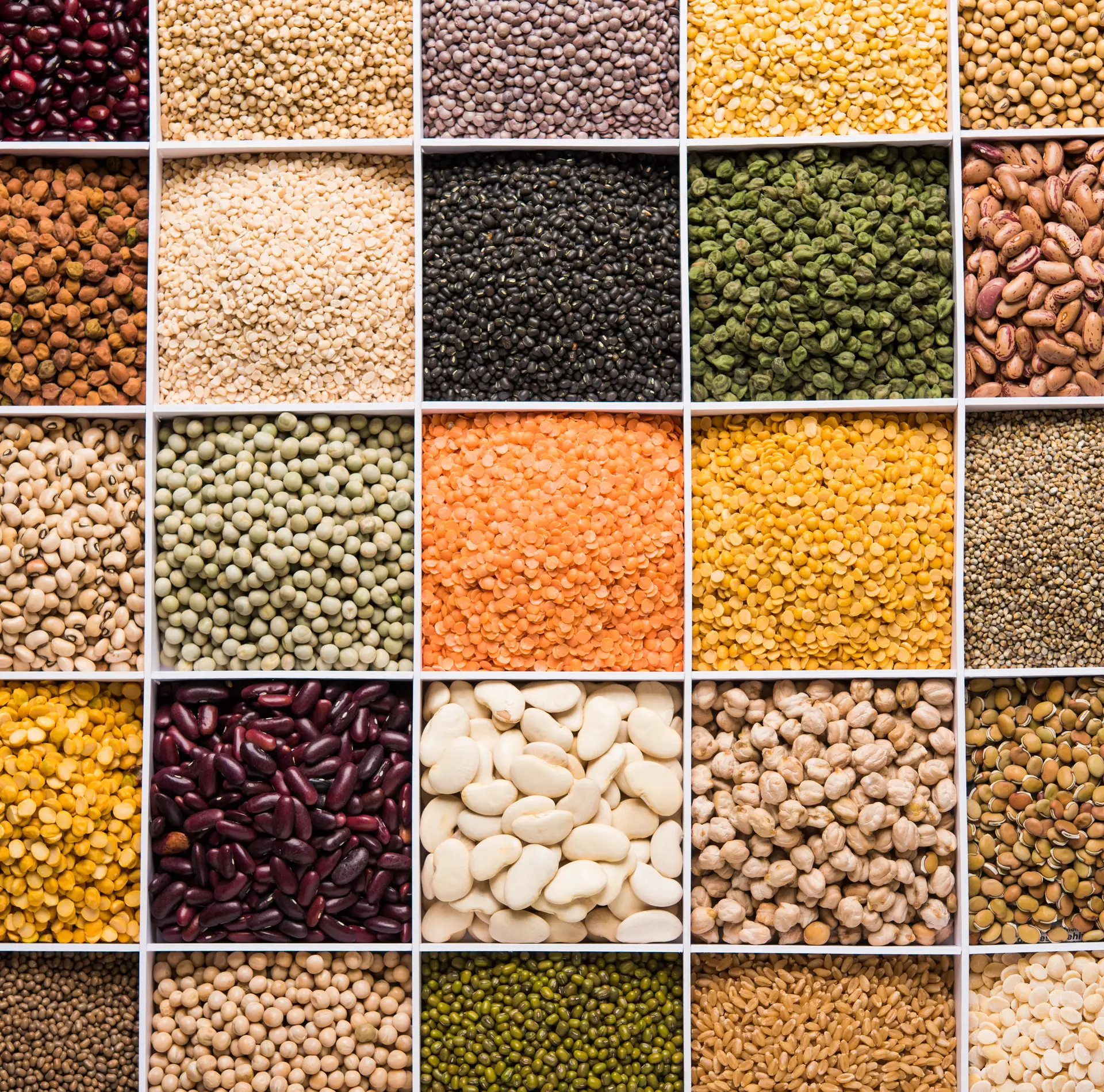The global pulse market is witnessing a significant shift as Canada projects increased production for the 2025-26 season, setting the stage for lower prices across most pulse varieties. With expanded acreage and favorable growing conditions, Canadian producers are positioned to influence global market dynamics substantially.
Pulses Prices Expected to Drop Amid Canada Agriculture Expansion
Canadian farmers have responded to favorable market conditions by increasing pulse cultivation areas significantly. The country's dry peas coverage has expanded to 1.42 million hectares, representing a 9% increase from the previous season. This expansion reflects farmers' recognition of dry peas' value in crop rotation systems and competitive returns compared to alternative crops.
Lentil cultivation has also seen growth, with Canadian area under lentils rising 4% to 1.77 million hectares. This increase follows strong pricing in 2024-25, encouraging producers to allocate more land to this profitable crop. The diversification across pulse varieties demonstrates the sector's resilience and adaptability to market demands.
Agriculture and Agri-Food Canada (AAFC) projects production increases across multiple pulse categories, with dry pea production forecast at 3.2 million tonnes and lentil production expected to reach 2.45 million tonnes.
Global Pulse Market Competition Intensifies Amid Supply Growth
The international pulse market is experiencing intensified competition, particularly between North American and Eastern European suppliers. Recent trade activity shows Canadian yellow peas being offered at $350-400 per tonne CNF for October-November shipments, while Russian and Ukrainian suppliers have positioned themselves competitively at $350-355 per tonne for similar delivery periods.
This competitive pricing environment reflects the global nature of pulse trading, where multiple origins compete for market share in key importing countries like India, China, and Bangladesh. The pricing pressure from increased Canadian supply, combined with competitive offerings from other major producers, is creating a buyer's market scenario.
Regional crop conditions are also influencing market dynamics, with drought affecting some areas in Russia and Ukraine, potentially limiting their competitive position in certain markets.
Commodity Trading Opportunities Emerge from Market Shifts
For commodity traders and importers, the evolving pulse market presents both opportunities and challenges. The projected increase in Canadian supply, coupled with record carryover stocks expected to reach 1 million tonnes for dry peas, suggests a well-supplied market that could favor buyers in negotiations.
Trade flows are expected to shift, with Canada targeting key markets including India, China, and Bangladesh for dry peas, while maintaining strong positions in lentil exports to the Indian subcontinent. The United States is also expanding its presence, with dry pea area forecast to increase by 6% and production rising to 800,000 tonnes.
Different pulse varieties are showing varied market trajectories. While most pulse prices are expected to decline, dry beans represent an exception, with Canadian prices forecast to increase despite a 5% reduction in coverage area to 155,000 hectares.
Agricultural Forecasts Signal Abundant Supply Conditions
Looking ahead, the pulse market is entering a period of relative abundance. Canadian chickpea production is forecast to increase 10% to 315,000 tonnes, driven by 13% higher area allocation due to strong returns in the previous year. This expansion is mirrored in the United States, where chickpea area is expected to rise 8% to 0.22 million hectares.
However, not all regions are experiencing growth. Australia's Department of Agriculture, Fisheries and Forestry projects a 6% decline in pulse production to 5.1 million tonnes for 2025-26, primarily due to expected reductions in chickpea output following a large 2.3 million tonne harvest in 2024-25.
The global supply situation suggests that importers may benefit from competitive pricing, while producers and traders will need to focus on efficiency and market differentiation to maintain profitability in a well-supplied market environment.
Conclusion: The 2025-26 pulse market outlook indicates a fundamental shift toward increased supply and competitive pricing, driven primarily by Canadian production expansion. While this presents opportunities for importers to secure favorable prices, producers and traders must adapt their strategies to navigate a more competitive landscape. The divergent trends across different pulse varieties and regions underscore the importance of commodity-specific market intelligence and strategic positioning in global trade operations.
